

2 0
2
2
4
4 2 0







2 0
2
2
4
4 2 0





The stages are Kindergarten to Grade 3 (Primary School; 2) for pupils 5 to 8 years old; Grade 4 to 6 (Intermediate School) for pupils 9 to 11 years old; Grades 7 to 10 (Junior High School) for students 12 to 15 years old; 4) Grades 11 to 12 (Senior High School) for students 16-18 years old.

In 2012 the Philippines launched its "K to 12" Program, a comprehensive reform of its basic education. Through this reform, the Philippines is catching up with global standards in secondary education and is attaching a high value to kindergarten.
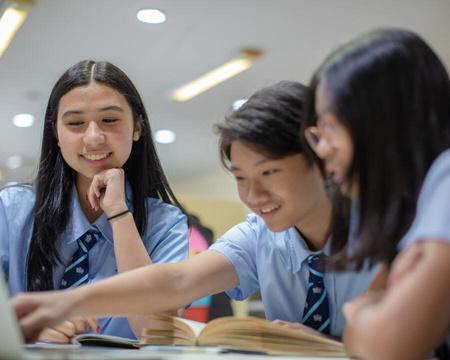
The K-12 system is designed to provide a comprehensive education that prepares students for college or career. K+10+2, on the other hand, refers to a system of education that includes kindergarten, 10 years of primary and secondary education, and two years of pre-university education




E D U C A T I O N S Y S T E M E D U C A T I O N S Y S T E M



THE SHORTAGE OF TRAINED AND QUALIFIED TEACHERS the Philippines is another critical factor affecting the quality of education .
MANY TEACHERS LACK OF PROPER TRAINING AND EDUCATIONAL QUALIFICATIONS
leading to an inadequate transfer of knowledge and skills to students.

THE DEPLOYMENT OF UNDER QUALIFIED TEACHERS
to remote or disadvantaged areas further worsens the situation, as these regions often face a higher concentration of students with limited opportunities for quality education
THE LACK WELLPREPARED TEACHERS
LACK OF TRAINED AND LACK OF TRAINED AND QUALIFIED TEACHERS QUALIFIED TEACHERS
HOW TO FIX THE EDUCATION IN THE PHILIPPINES
THESTATEGLOBAL LEARNING POVERTY2022UPDATE:

Thecountryscoredanidentical91percent “learningpoverty”rateinthe2022reportbythe Washington-basedlender,whenthestudywas donebeforethereturnofface-to-faceclasses inschoolsandaftertwoyearsofremote learningduetothepandemic.
Asweenterthenewyear,wearethrilled toannouncethatourcompanyhas experiencedsignificantgrowthand successinQ12023.
Inthe2023WBreport,however,thePhilippines wasstillamongeightnationsthatregistereda learningpovertyratehigherthantwo-thirds,or 67percent,despitethereturnofin-person classesinschoolsinNovember2022. @inquirerdotnet
Ourhardworkingteamhassuccessfully implementednewstrategiesand projects,resultinginanincreasein revenueandmarketshare
PH “LEARNING POVERTY” STILL AMONG REGION’S WORST
ThePhilippinesremainsamongthe poorest in learning in East Asia andthePacific,withnineoutof10 of Filipinos unable to read and understand a simple, ageappropriate reading material by age10,accordingtoaWorldBank (WB) report on the quality of educationintheregion.
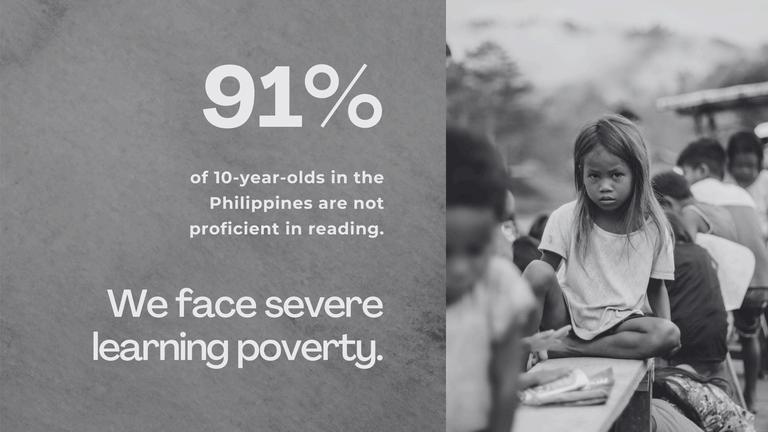

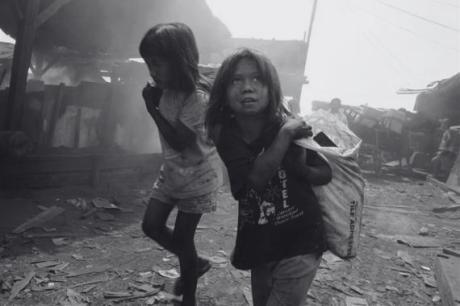
Students living in poverty often have fewer resources at home to complete homework, study, or engage in activities that helps equip them for success during the school day

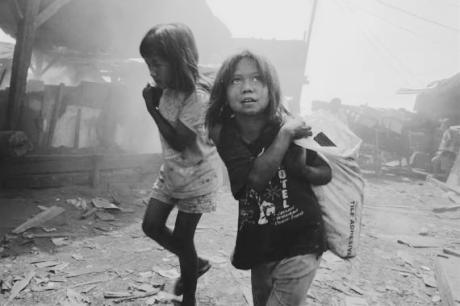
Education is essential for helping children escape the cycle of poverty. However, hundredsofmillionsofyoungpeoplelack thebasicskillsneededtotakeadvantage ofopportunitiestohelpthemsucceed AccordingtotheUnitedNations,20percent of children between the ages of 6 and 17 are not in school, and 617 million young people lack basic literacy and math skills Theyrepresentthefutureofilliteracy,unless somethingisdonetohelpthemovercome the obstacles keeping them uneducated andoutofschool


Povertyaffectseducationinmanyways.Achild'sparents maynothaveattendedschool.Theymaynotunderstand theimportanceofeducation.Financialbarrierscanmake itdifficultforafamilytoprioritizeeducation.
Children from low-income families are four times more likelytomissoutonaneducationthanchildrenfromhighincomefamilies.Evenifpublicschoolisfree,someschools requireuniformsandsuppliestobepurchased.Iflowerincome children can't afford the items, they are not allowedtoenroll.UnliketheUnitedStates,manycountries havenolawstoensurethatchildrenhavearighttoan education.
Whenafamilyisverypoor,theparentsmayfeeltheyhave to send their children to work rather than attend school. Formany,thischoiceistheonlywaytheycanaffordtoput foodonthetable anissuenotcommontofamilieswith higherincomes.
https://www.compassion.com/poverty/poverty-and-education.htm
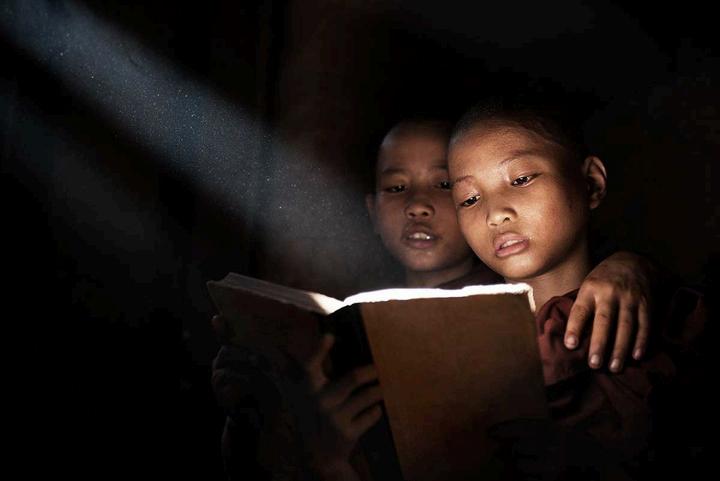




Lack of access to health care and good hygiene practices can keep children at home as well.
Missing school because of frequent sickness can put a child behind his peers and increase dropout rates. Widespread disease, such as the Ebola epidemic in Western Africa and the COVID-19 pandemic, can halt the learning process altogether. If a child does not have access to technology and the ability to attend classes remotely, or if schools close outright, theyareunabletocontinuetheireducation.

nutrition can interfere with a child's ability to learn.

Without proper meals and nutrients, a child's brain has a harder time with cognitive function, creating challenges with focus and memory. Some schools can supply meals for children, which can help. Still, if meals are not available, and families cannot providefood,achild'slearningcansuffer.

All of these barriers loom larger for special needs children, who may struggle to keep up in a classroom in the best of circumstances. Globally, 95% of children with disabilities will drop out of schoolbeforehighschool.




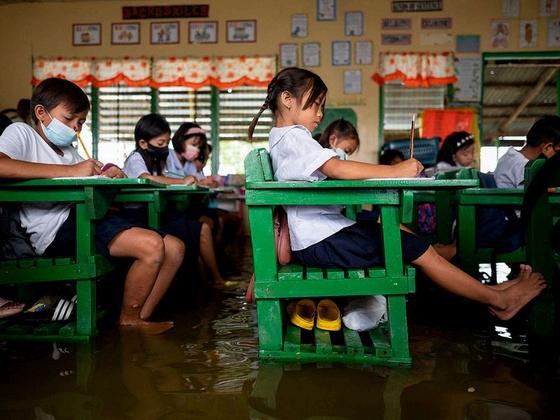

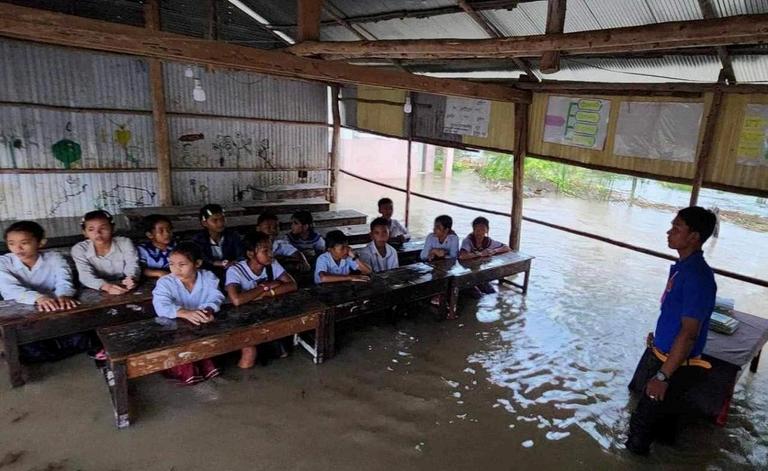

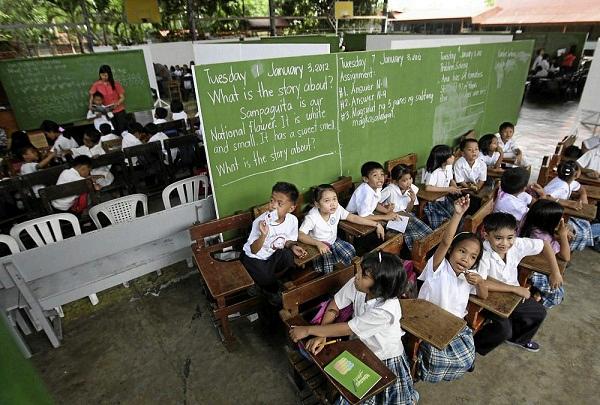


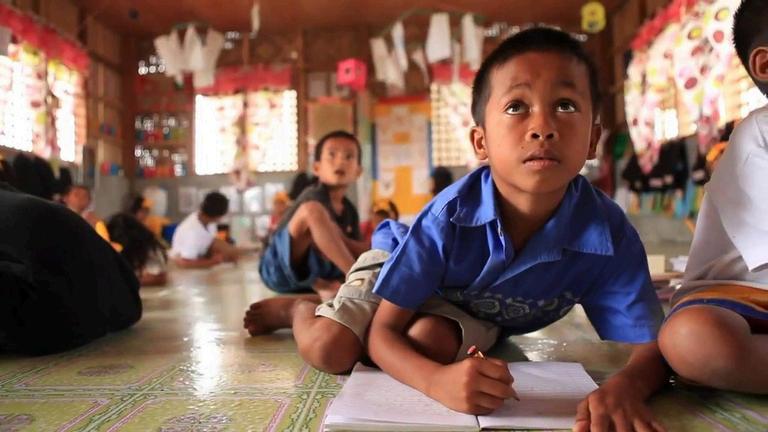


https://www.compassion.com/poverty /poverty-and-education.htm
L A C K O F R E S O U R C E S L A C K O F R E S O U R C E S A N D I N F R A S T R A C T U R E A N D I N F R A S T R A C T U R E
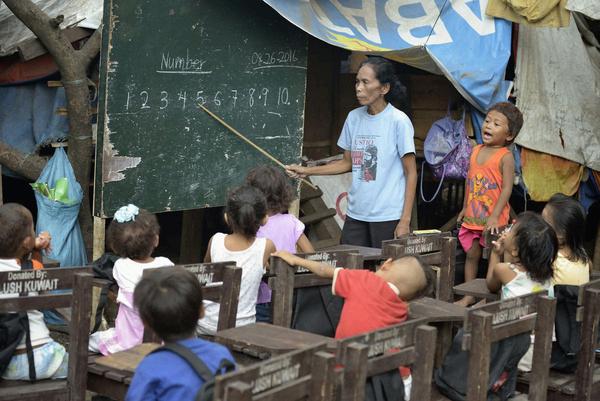

The author, PIDS Senior Research Fellow
Adoracion Navarro, assessed the adequacy of school infrastructure in the country’s basic education sector in terms of the adequacy of classrooms; access to water, sanitation and hygiene (WASH) facilities; electricity access; and information and communications technology (ICT) access


In terms of adequacy of classrooms, the study found that while there had been progress in decongesting schools at the national level, spatial inequality in regional classroom-student ratios still exists.
Recent data from the Department of Education (DepEd) showed that classroom-student ratios for various levels in the National Capital Region, Region IV-A, Region XI, and the Bangsamoro Autonomous Region in Muslim Mindanao are higher than the 1:40 classroom-student target ratio set by the Philippine Development Plan (PDP) 2017-2022 According to Navarro, this indicated classroom congestion in these regions
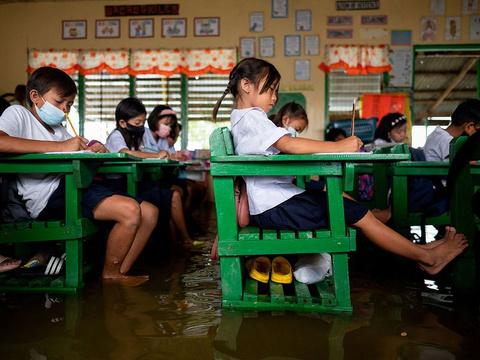
https://www.pids.gov.ph/details/news/press-releases/pids-study-reveals-serious-school-infrastructure-gaps-in-ph-basic-educ-sector
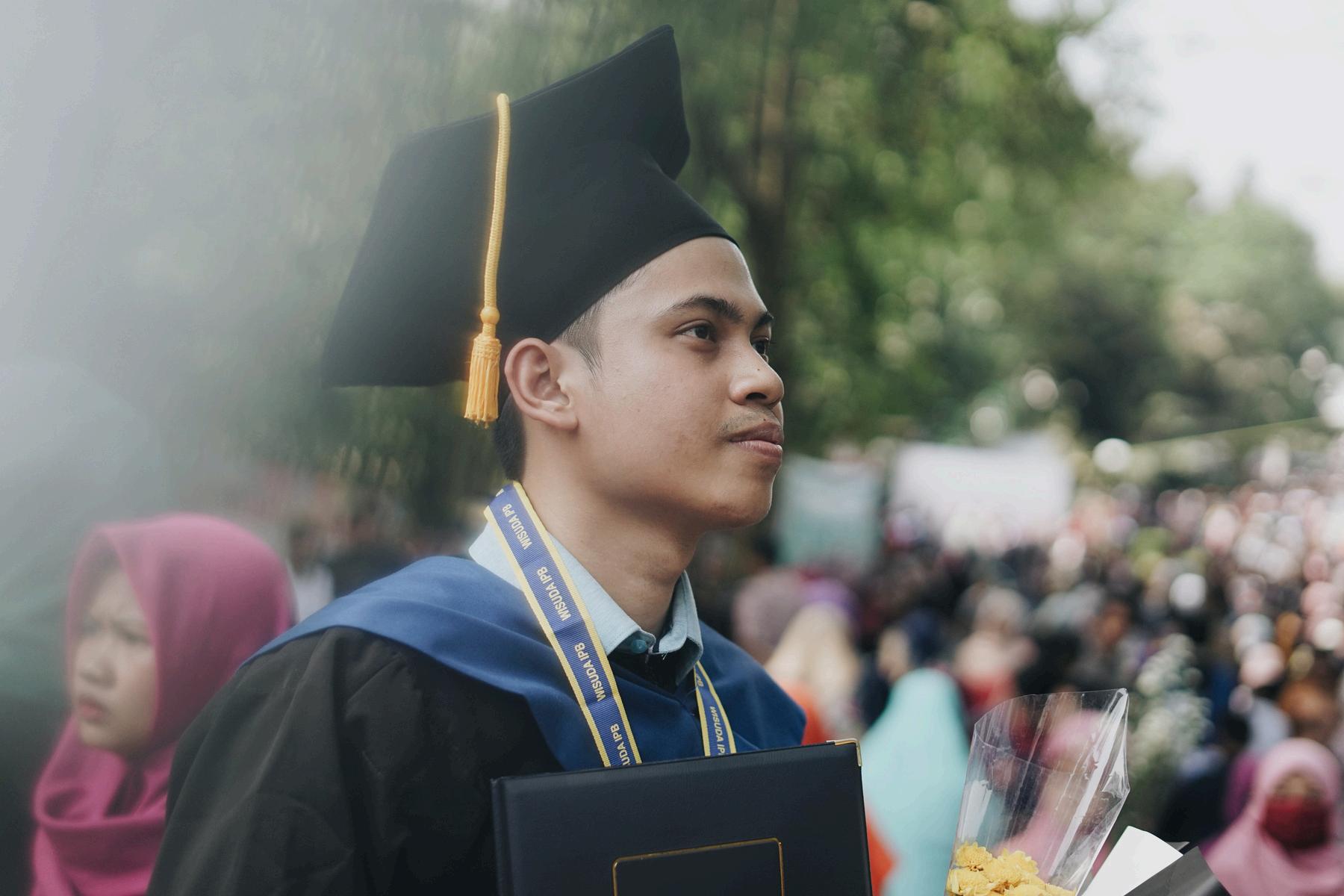
“C “
learly they need to stop the learning crisis mostly in Basic Education in the Philippines, by all sectors of society they all need to take part in solving the issues/crisis. Every students gets to learn properly that they can understand each lesson that they receive. An Education that is responsive to needs of people. Schools must have enough facilities, better budget and affordability for public schools.
Education in the Philippines must first accessible to all. School must be the venue for the holistic formation of every learner. Greater accessibility, inclusivity and sustainability of our skills development program. Come together, act together so that we can truly bring up a child as a community.
P H I L I P P I N E E D U C A T I O N
